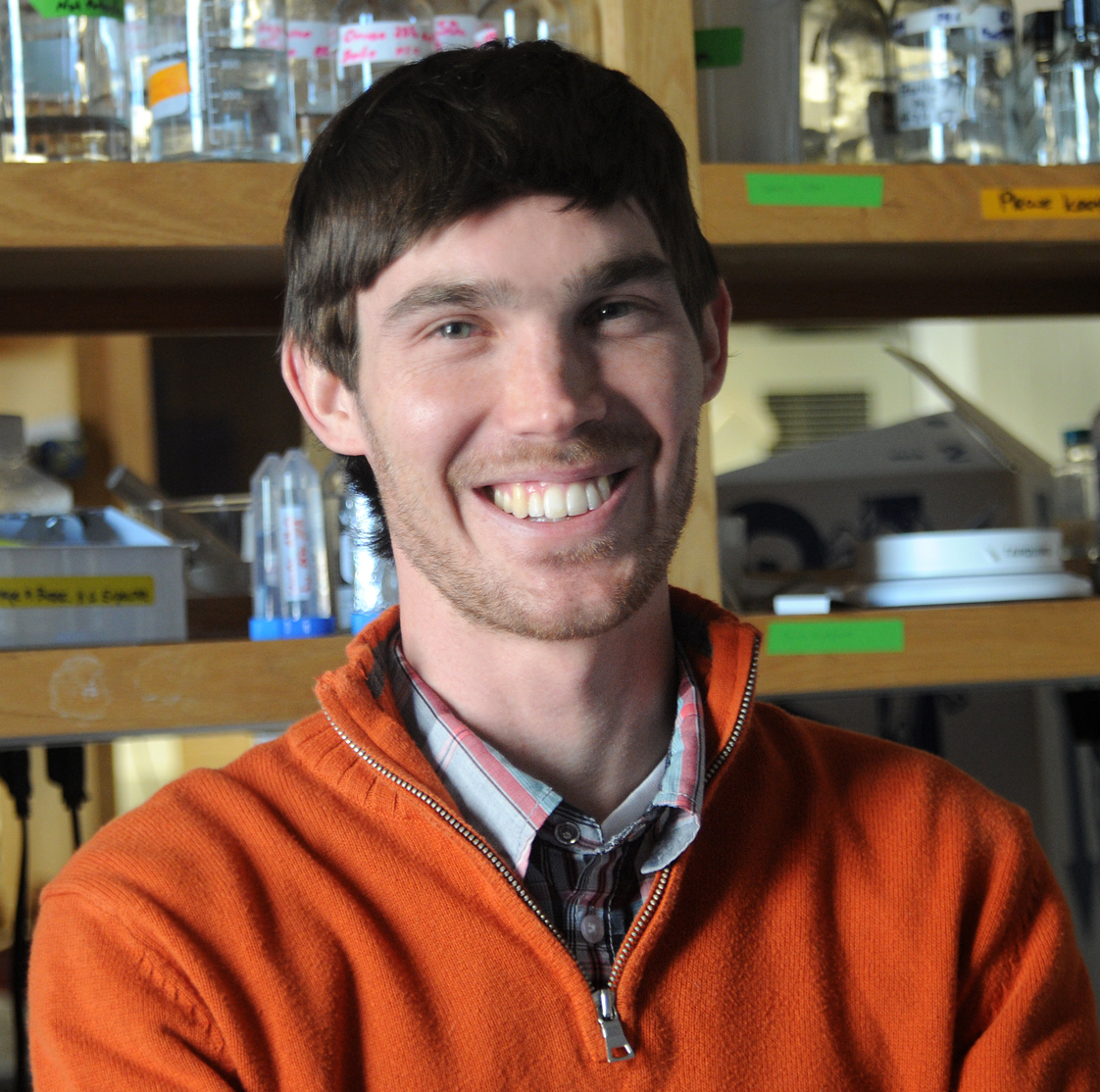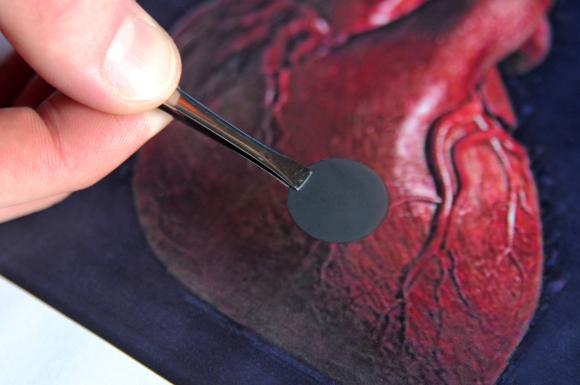PROVIDENCE, R.I. [Brown University] — When you suffer a heart attack, a part of your heart dies. Nerve cells in the heart's wall and a special class of cells that spontaneously expand and contract – keeping the heart beating in perfect synchronicity – are lost forever. Surgeons can’t repair the affected area. It’s as if when confronted with a road riddled with potholes, you abandon what’s there and build a new road instead.
Needless to say, this is a grossly inefficient way to treat arguably the single most important organ in the human body. The best approach would be to figure out how to resuscitate the deadened area, and in this quest, a group of researchers at Brown University and in India may have an answer.
The scientists turned to nanotechnology. In a lab, they built a scaffold-looking structure consisting of carbon nanofibers and a government-approved polymer. Tests showed the synthetic nanopatch regenerated natural heart tissue cells – called cardiomyocytes – as well as neurons. In short, the tests showed that a dead region of the heart can be brought back to life.
“This whole idea is to put something where dead tissue is to help regenerate it, so that you eventually have a healthy heart,” said David Stout, a graduate student in the School of Engineering at Brown and the lead author of the paper published in Acta Biomaterialia.

The approach, if successful, would help millions of people. In 2009, some 785,000 Americans suffered a new heart attack linked to weakness caused by the scarred cardiac muscle from a previous heart attack, according to the American Heart Association. Just as ominously, a third of women and a fifth of men who have experienced a heart attack will have another one within six years, the researchers added, citing the American Heart Association.
What is unique about the experiments at Brown and at the India Institute of Technology Kanpur is the engineers employed carbon nanofibers, helical-shaped tubes with diameters between 60 and 200 nanometers. The carbon nanofibers work well because they are excellent conductors of electrons, performing the kind of electrical connections the heart relies upon for keeping a steady beat. The researchers stitched the nanofibers together using a poly lactic-co-glycolic acid polymer to form a mesh about 22 millimeters long and 15 microns thick and resembling “a black Band Aid,” Stout said. They laid the mesh on a glass substrate to test whether cardiomyocytes would colonize the surface and grow more cells.
In tests with the 200-nanometer-diameter carbon nanofibers seeded with cardiomyocytes, five times as many heart-tissue cells colonized the surface after four hours than with a control sample consisting of the polymer only. After five days, the density of the surface was six times greater than the control sample, the researchers reported. Neuron density had also doubled after four days, they added.
The scaffold works because it is elastic and durable, and can thus expand and contract much like heart tissue, said Thomas Webster, associate professor in engineering and orthopaedics at Brown and the corresponding author on the paper. It’s because of these properties and the carbon nanofibers that cardiomyocytes and neurons congregate on the scaffold and spawn new cells, in effect regenerating the area.
The scientists want to tweak the scaffold pattern to better mimic the electrical current of the heart, as well as build an in-vitro model to test how the material reacts to the heart’s voltage and beat regime. They also want to make sure the cardiomyocytes that grow on the scaffolds are endowed with the same abilities as other heart-tissue cells.
Bikramjit Basu at the India Institute of Technology Kanpur contributed to the paper. The Indo-U.S. Science and Technology Forum, the Hermann Foundation, the Indian Institute of Technology, Kanpur, the government of India and California State University funded the research.

